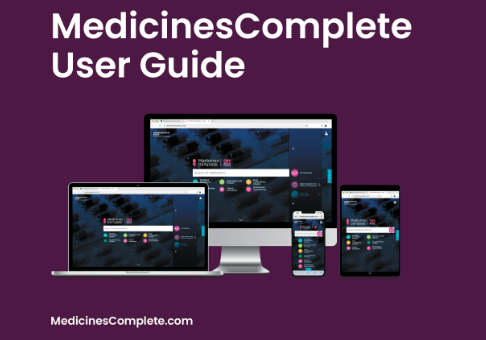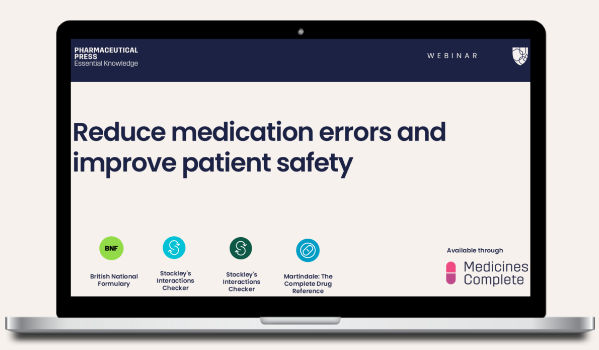13 August 2025
Apixaban for prophylaxis of stroke and systemic embolism in non-valvular atrial fibrillation
In April, we updated the layout and structure of apixaban dosing for the indication: prophylaxis of stroke and systemic embolism in non-valvular atrial fibrillation and at least one risk factor [such as previous stroke or transient ischaemic attack, symptomatic heart failure, diabetes mellitus, hypertension, or age 75 years and over]. The update was not a change in the recommended dosing, but an amendment to the layout of dosing to try and present the information more clearly and address some of the issues raised with us via user feedback over recent years.
Since the update, we have received further feedback from users reporting difficulties interpreting dosing, and so we have reviewed all correspondence and identified further amendments to aid clarity. Users reported that the layout did not make clear that a dose reduction is required for patients with 2 out of 3 characteristics (age, body-weight, and serum-creatinine). Also, some enquiries highlighted that the Indications and dose and Renal impairment sections were being read in isolation or independently of each other. We have therefore grouped these 3 patient characteristics together in the Indications and dose section of the monograph, which aligns more closely with the format of the dosing in the product literature. The Renal impairment section now only contains dose adjustments due to creatinine clearance, and users are directed to the Indications and dose section for considerations relating to serum-creatinine values.
BNF and BNFC drug monographs, particularly the Indications and dose section, are highly structured to provide consistency across the publication. Additionally, the content is structured in a way that enables it to be read by computer systems, such as electronic prescribing systems. Drug monographs are designed to be read as a whole, so that the full context of dosing as well as other information such as cautions, interactions, side-effects and monitoring etc, can be considered by healthcare professionals. When looking for information on how to use a drug in special patient populations e.g. renal or hepatic impairment, pregnancy, or breast feeding, these specific sections of the monograph must be consulted. As well as general advice on cautions for these patient groups, they also contain guidance, where available, to minimise risks, including any required dose adjustments. For further information, see our guidance ‘How to use BNF Publications,’ available online and in print.
Further updates to BNF apixaban drug monograph were published for the August 2025 update for online and app versions, and will be included in the next print edition BNF 90 (September 2025 – March 2026).





